
Cylinder Inspection Training: Why a Maintained Cylinder Is a Happy Cylinder
Uncover the importance of gas cylinder inspections and training. Dive deep into ensuring safety, boosting efficiency, and prolonging cylinder life.
Facilities and companies follow strict regulations and safety protocols to prevent accidents. The aviation industry is just one example where safety is paramount. If an issue develops on a plane it could be catastrophic. Aviation systems are engineered to the highest standards, and the slightest issue can ground a plane. Systems are checked, re-checked and pre-flight inspections are conducted before each flight.

Even with safety systems in place issues can occur. Having a 1850psi oxygen cylinder rupture at 29,000 feet, causing a plane with 350+ people on board to rapidly depressurize is something which is not expected with safety protocols in place. However, it did happen, and there are no concrete answers as to why or what may have failed.
Within an hour of takeoff passengers and crew heard and felt an explosion. The explosion ruptured the plane’s exterior and caused rapid de-pressurization. The crew acted quickly, oxygen masks were deployed and the plane was within 10,000 feet within minutes. The plane landed safely at an unscheduled airport within an hour There were no injuries other than rapid depressurization concerns for people on the plane.
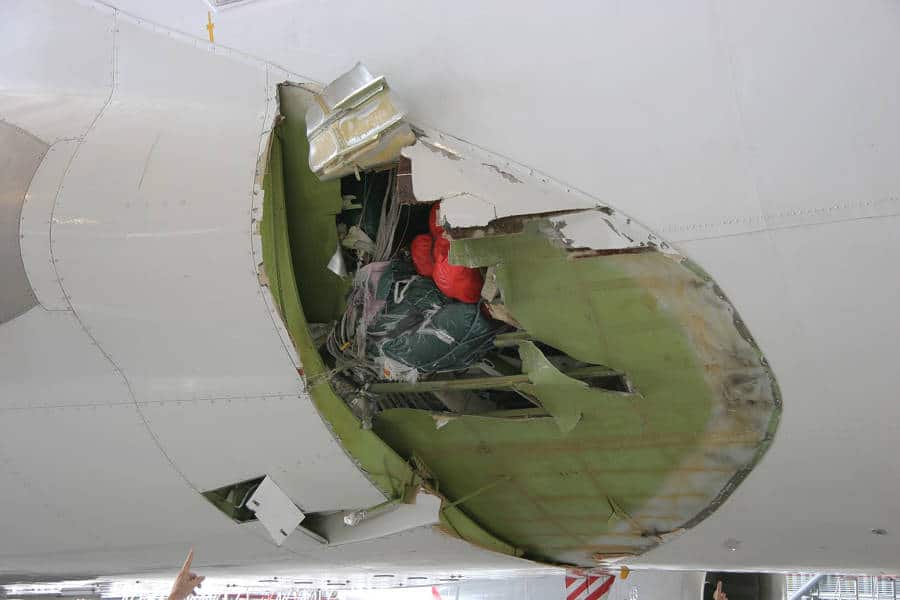
When the plane was checked there was a large hole in the side of the fuselage. The area with the hole normally stored 7 oxygen cylinders but only 6 cylinders remained. One of the cylinders had ruptured causing the hole in the side of the aircraft. There were remnants of parts of the valve, but the cylinder had vanished.
Due to meticulous maintenance records, the inspection agencies were able to track the progression of the cylinder from manufacture to failure. The cylinder had been in service for approximately 12 years and had undergone testing every 3 years per 3HT cylinder standards The cylinder had been requalified 4 times, the last one being 3 months before the rupture. 3 days before the rupture there was a warning that the bank of oxygen cylinders, in which the ruptured cylinder was installed, had a low-pressure warning message. The visual inspection of the system (cylinders) could not locate why this alarm was activated, and everything appeared normal. 3 days after the visual inspection the cylinder ruptured.
Inspectors tried to figure the cause of the rupture, but they could not find the cylinder. There was a hole in the fuselage and there was a hole in the deck (passenger area). There were indications that the cylinder, or parts of the cylinder, struck near a forward door. Some damaged parts of the valve, oxygen supply system, were located. The damage was photographed and engineers tried to figure the trajectory of the path of the debris. However, the answer to the cause of the rupture was with the cylinder, which was no longer on the plane.
The investigators located similar cylinders of the same batch and similar serial numbers. They also located cylinders with similar specifications and conducted a series of tests. They checked burst discs, requalification testing procedures, cleaning procedures, and high-pressure lines. There was no fire or signs of burn marks, the burst discs were of proper pressure and the requalification procedures followed standard protocols. Nothing indicated a faulty system or failed safety check, but the cylinder ruptured.
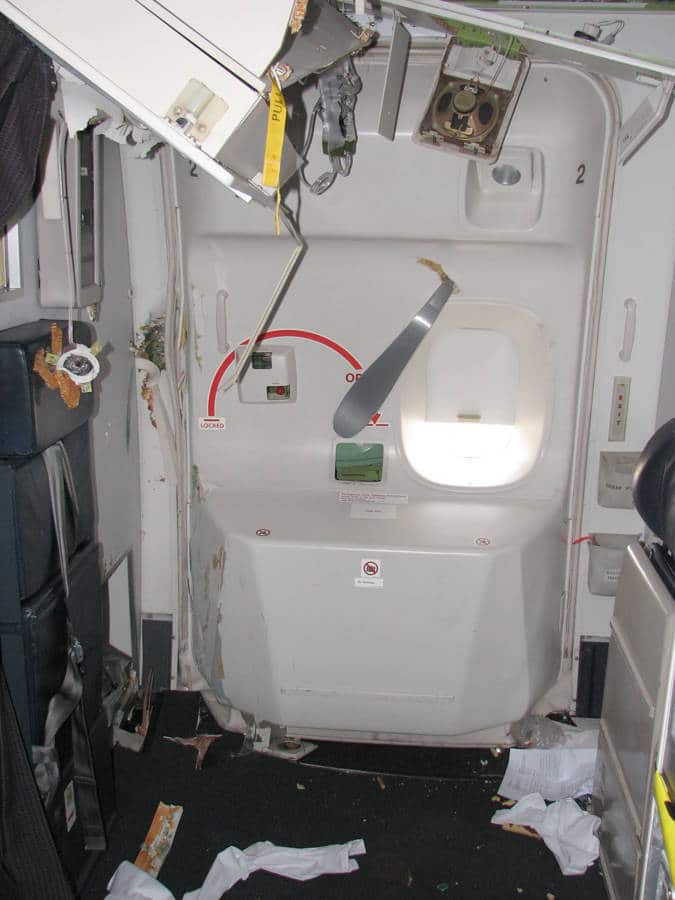
The main theory, based on impact damage, was that the cylinder had a corroded lower dome or base. The cylinder base ruptured, forcing the cylinder into the main cabin, then back out the hole in the side of the fuselage, below deck. The investigation mentioned the difficulty of a cylinder traveling back down the hole it created, but they could not locate the cylinder, so this was the best possible series of events.
Looking at this case years after the event, and with the extensive research conducted trying to find the cause, there are a few unanswered questions.
o What did they see in the sidewalls, base, and crown region?
o Were the threads inspected?
o Could there have been a developing crack?
o If the cylinder was ejected out of the plane it likely contained the valve.
o Could the valve have been damaged, separated, and then exited through the damaged fuselage?
o Might the impact damage located in the main cabin area been caused by a portion of the crown?
o Could that portion of the crown exit the hole in the fuselage along with the cylinder?
The mystery cannot be solved without the major piece of the puzzle. The hypothesis can be constructed, evidence logged and remaining pieces of the oxygen system examined; but no answer can be definitive. When a cylinder ruptures it has a lot of explosive force. Those forces are going to act in an uncontrolled fashion and have unimaginable consequences.
The Crew performed heroically, the plane’s safety features acted as designed and everyone on board landed safely. The investigation was detailed, and every hypothesis tested. No specific answer to the explosive rupture could be provided. The only unanswered questions in the detailed data were what was seen during the visual inspection of the cylinder? Why did the bank of cylinders have low-pressure warning activated? What did the visual inspector see during the inspection? What did the re-qualifier document during their visual inspection?
Some questions to this mystery may have been answered with a proper recorded VISUAL INSPECTION of the cylinder.
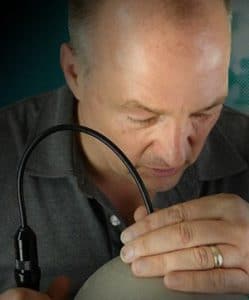
I enjoy continuing to build the business based on safety since 1999. CTS focuses on the inspection of high pressure cylinders, the maintaining of the valves and basic maintenance of high pressure compressor systems. CTS stays current in techniques and tools to train both the new and novice employee. We publish articles, update training tools and have created an APP to assist during the inspection process.
#cylinder #safety #hazmat #training #cylinderinspectiontraining #cylindex

Uncover the importance of gas cylinder inspections and training. Dive deep into ensuring safety, boosting efficiency, and prolonging cylinder life.
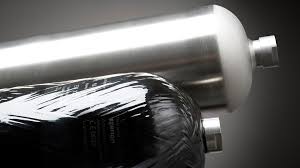
Is your composite cylinder showing signs of wear? Discover when to seek a professional repair service in our comprehensive guide.
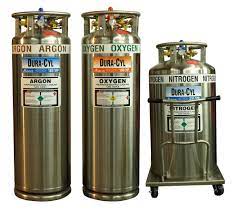
29 CFR 1910.101 intro Handling cryogenic cylinders involves working with extremely low-temperature gases that pose unique safety risks. To ensure the safe handling, storage, and transportation of these hazardous materials,
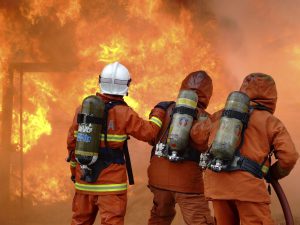
Introduction Firefighters encounter many risks while on duty, including hazardous materials and high pressure bottles. High pressure bottles are used for a variety of purposes in firefighting, including powering hydraulic